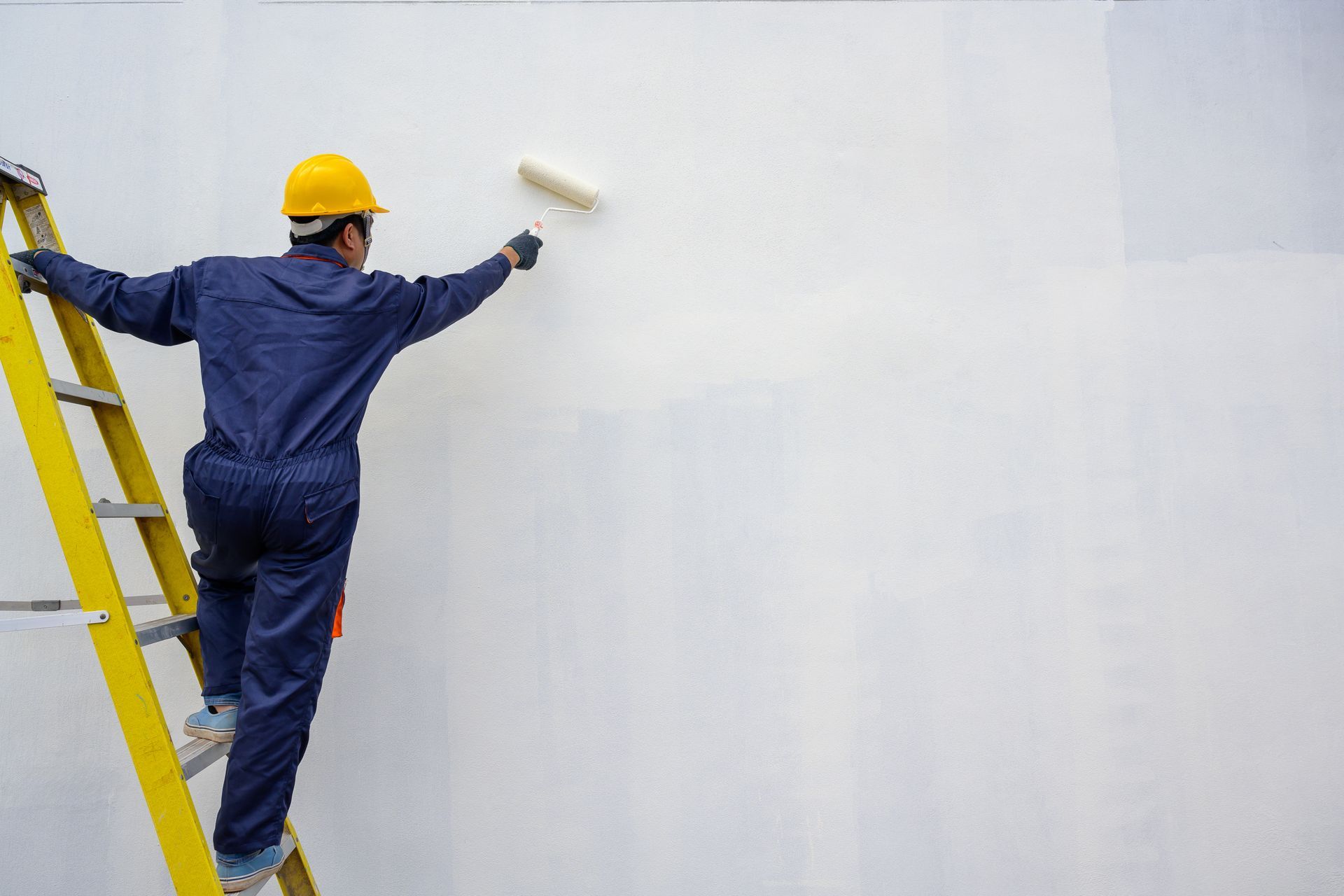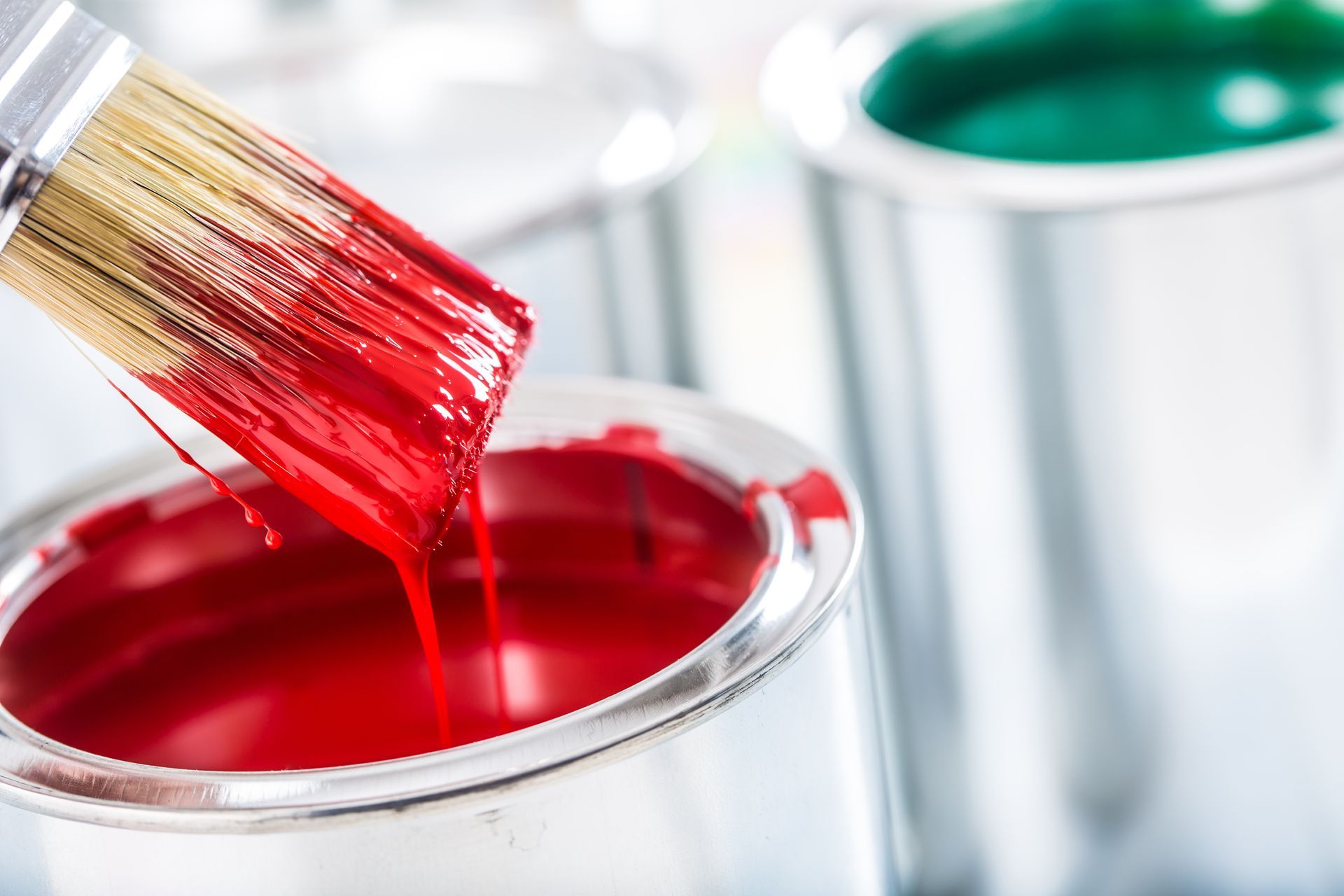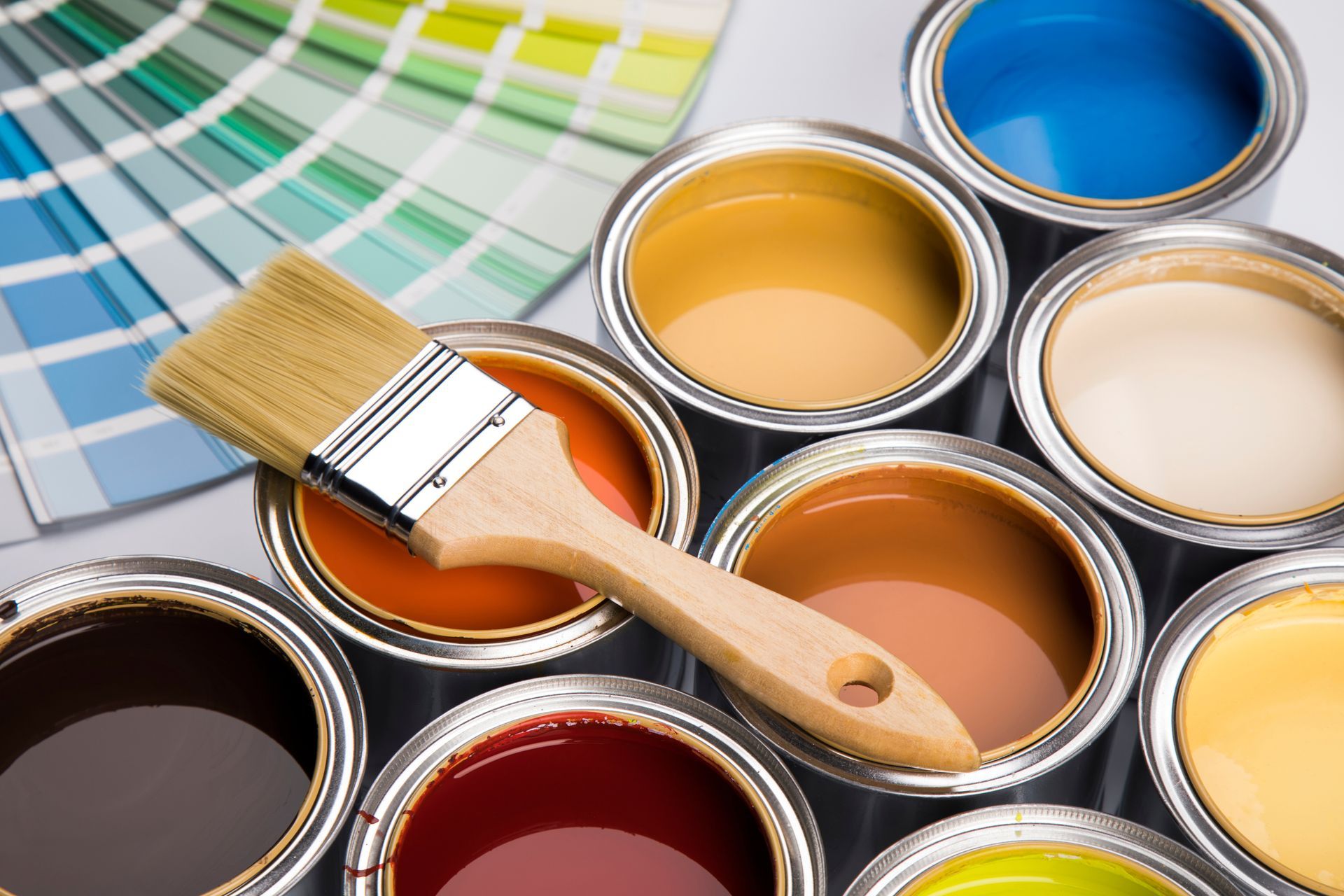Accent walls: they're more than just a trend in interior design, they're a strategic way to add depth, character, and focal interest to any room. Whether it's through a daring paint color, a unique texture, or an eye-catching pattern, an accent wall can completely redefine a space. This feature not only elevates the aesthetic appeal of a room but also reflects personal style and creativity.
Here are the essentials on what you need to know about accent walls and how to find the right accent wall that will elevate your space.
Understanding Accent Walls
What is an accent wall?
An accent wall, often referred to as a 'feature wall,' is a single wall within a room that is distinctly different in design from the other walls. This difference could be in color, texture, material, or pattern. The concept is to create a focal point and add visual interest to a space.
Historical Perspective and Current Trends
Accent walls have been used in interior design for centuries. In ancient times, accent walls were a symbol of wealth and status, as they were often adorned with expensive materials such as marble or tapestries. Today, however, anyone can incorporate an accent wall into their home design without breaking the bank.
The current trend in accent walls is all about incorporating bold and unexpected elements. This can be seen in the use of vibrant colors, intricate wallpaper designs, and textured materials such as brick or wood.
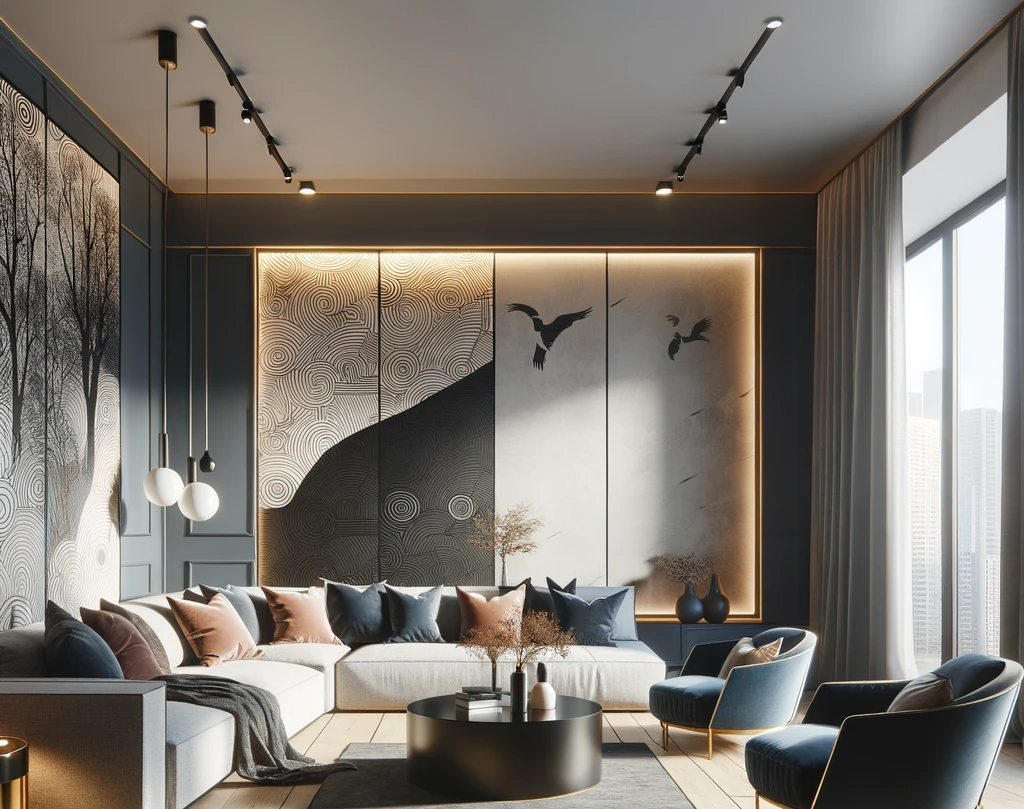
How to Choose Your Accent Wall?
Selecting the perfect accent wall is essential in creating a room that is both visually appealing and harmoniously balanced. This decision should be influenced by several factors, including the room’s layout, natural lighting, and the existing focal points. Here’s a guide to help you choose the right wall to accentuate in your space.

Consider the Room’s Layout and Natural Focal Points
- Architectural Features: Look for walls with built-in features such as fireplaces, large windows, or bookcases. These walls naturally draw attention and are ideal candidates for accentuating.
- Symmetry and Balance: Consider the balance of the room. An accent wall should complement the room's layout, not disrupt it. Avoid walls with too many interruptions like doors or windows, as they can fragment the accent wall’s impact.
Analyze the Room’s Lighting
- Natural Light: Walls that receive ample natural light are great choices, especially if you're considering a darker or bolder color. The natural light helps to soften and balance the boldness.
- Artificial Lighting: If the room relies on artificial lighting, consider how different light sources affect the color and texture of your potential accent wall.
Choose the Wall You See First
- Entry Point Perspective: Often, the best accent wall is the first one you see when entering a room. This wall can set the tone for the entire space.
Think About Color and Texture
- Color Psychology: Colors can significantly impact the mood of a room. Decide what atmosphere you want to create - calming, energizing, cozy - and choose a color that evokes that feeling.
- Texture for Depth: Textured walls, whether it be through materials like stone, brick, or wood, or through textured paint, can add depth and interest to a room.
Consider the Room’s Purpose
- Living Areas: In social spaces like living rooms, an accent wall can enhance the room’s welcoming and communal feel.
- Private Spaces: In bedrooms or studies, choose a wall that adds tranquility or concentration, depending on your needs.
Don’t Forget About the Other Walls
- Complementary Colors and Designs: Ensure that the chosen accent wall color or texture complements the other walls. It should stand out, but not clash with the rest of the room.
Remember, the goal of an accent wall is to add character and depth to your space while maintaining a cohesive and balanced design.
Types of Accent Walls
Choosing the type of accent wall that best suits your space involves considering various elements such as color, design, texture, and wallpaper. Each type offers unique characteristics and can transform your room in different ways. Let’s explore these options to help you make an informed decision.
Colorful Accent Walls
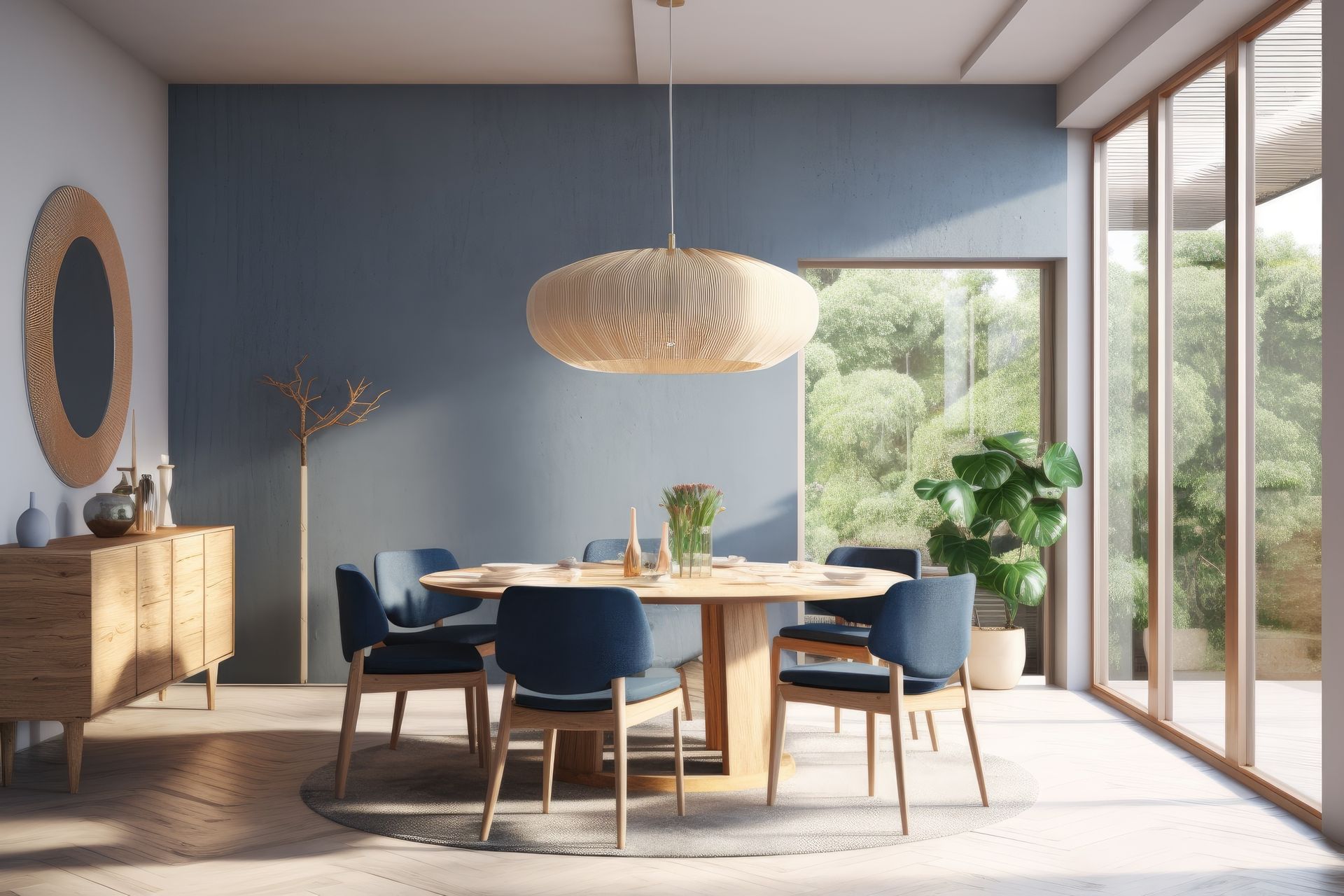
Tips
- Bold and Vibrant: A brightly colored accent wall can be a focal point in any room, bringing energy and dynamism. Ideal for spaces where you want to stimulate conversation and activity, like living rooms or dining areas.
- Subtle and Soothing: For a more relaxed atmosphere, such as in bedrooms, opt for softer, muted colors. These shades can create a sense of calm and tranquility.
- Color Combinations: When choosing a color, consider the existing color palette of the room. The accent color should harmonize with the other colors in the space.
Design and Pattern Accent Walls
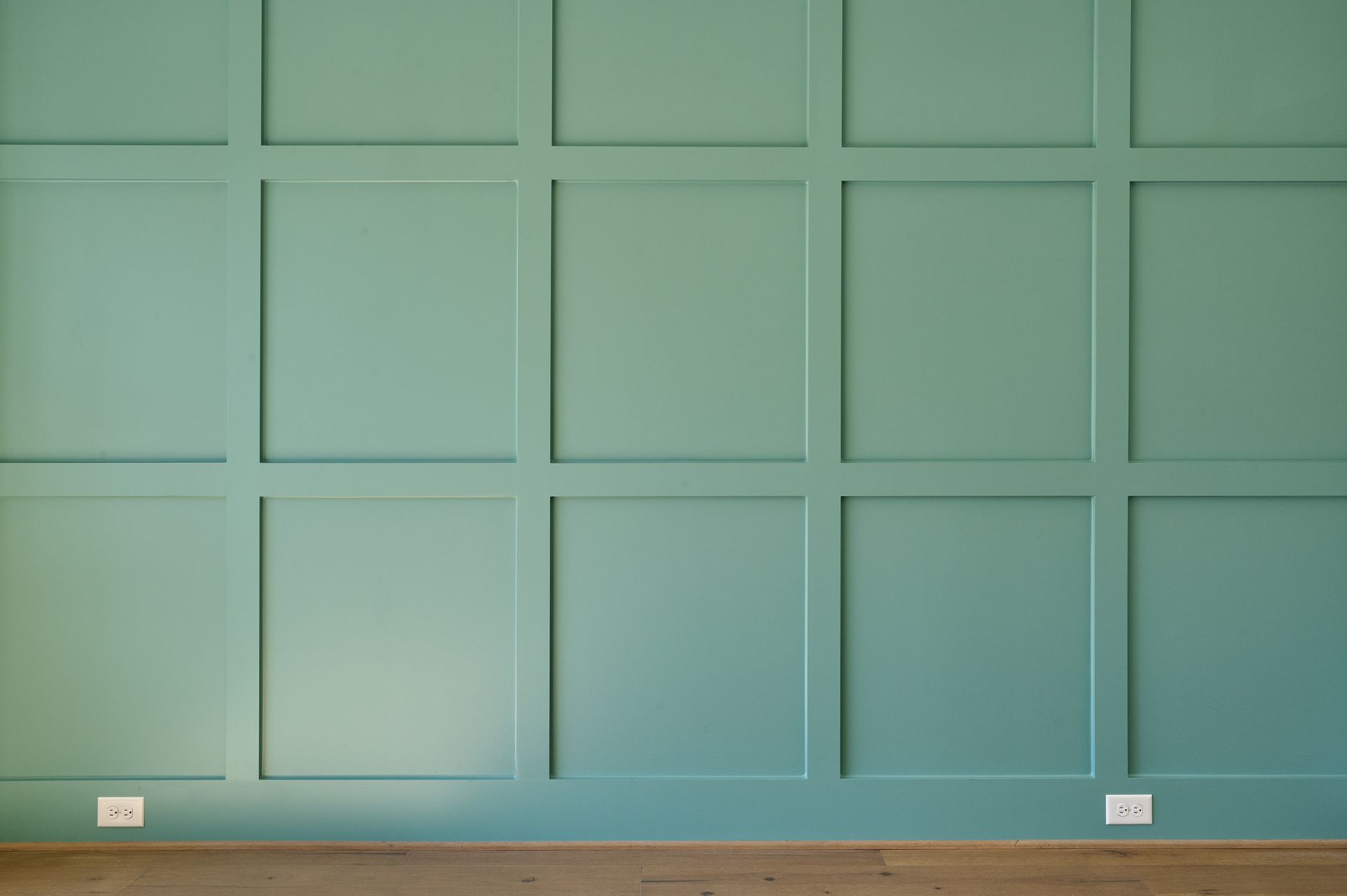
Tips
- Geometric Patterns: These can add a modern and dynamic feel to a room. Geometric patterns, whether large or small, can create a sense of movement and depth.
- Murals and Artistic Designs: A wall mural or a hand-painted design can turn your wall into a piece of art, adding a unique and personal touch to the room.
- Stencils and Decals: For a less permanent option, stencils or wall decals can be used to add patterns or designs. These are great for renters or those who like to change designs frequently.
Textured Accent Walls

Tips
- Brick or Stone: Exposed brick or stone walls add a rustic, earthy charm to any space. They are great for creating a cozy and inviting atmosphere.
- Wood Panels: Wooden accent walls can range from sleek and modern to rustic and weathered, depending on the finish and installation pattern.
- 3D Panels and Fabrics: Modern 3D panels or fabric-covered walls can add a luxurious and sophisticated feel to a room.
Wallpaper Accent Walls
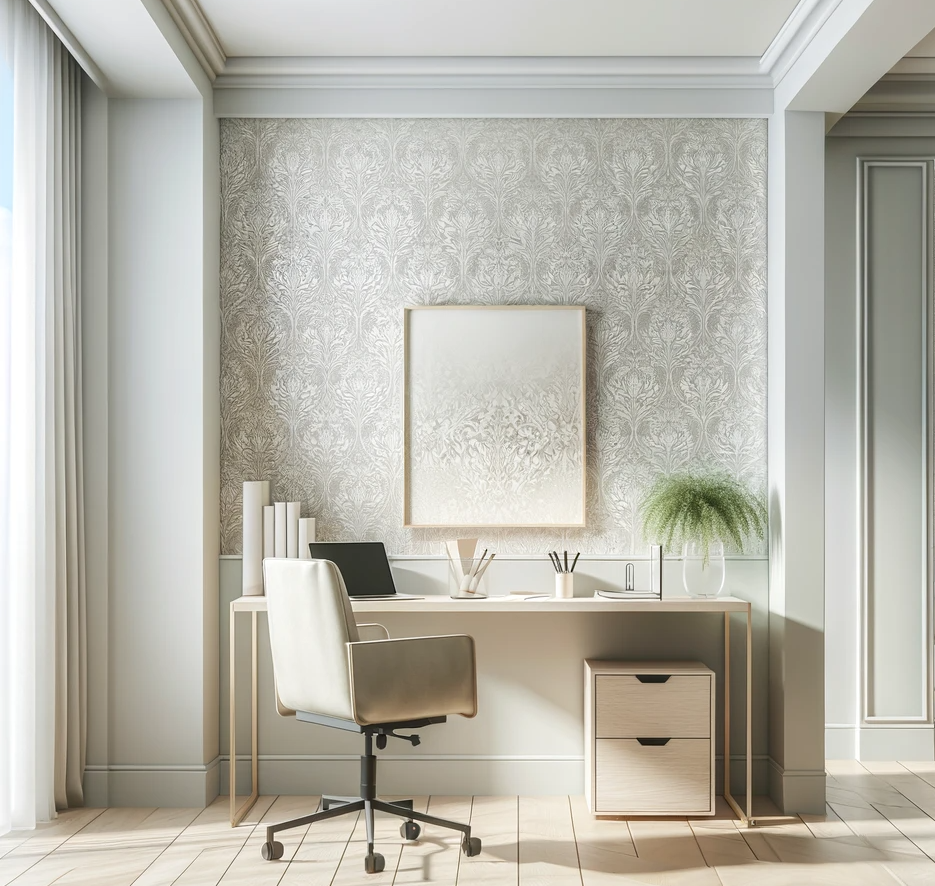
Tips:
- Traditional Wallpapers: With a vast array of patterns and colors, traditional wallpapers can add sophistication or whimsy to a room.
- Textured Wallpapers: Wallpapers with raised designs or textures can add depth and interest to a wall without overwhelming the space.
- Removable Wallpapers: A great option for renters or those who like to frequently update their space, removable wallpapers offer the flexibility to change styles with ease.
Beyond Walls – Exploring Other Options
Accent walls are traditionally thought of as being just that—walls. However, the concept of creating a focal point can extend beyond the conventional walls to other areas of a room. Be open minded for a minute as we explore other ways you can bring a focal element to your space beyond just a traditional accent wall.
Accent Ceilings
The Fifth Wall: Often referred to as the “fifth wall,” the ceiling offers a vast, underutilized canvas.
- Color and Texture: A bold color on the ceiling can add depth, while textures like tin tiles or wood panels can introduce a historical or rustic element.
- Lighting Considerations: When accentuating a ceiling, consider how light fixtures will interact with the color or texture chosen.
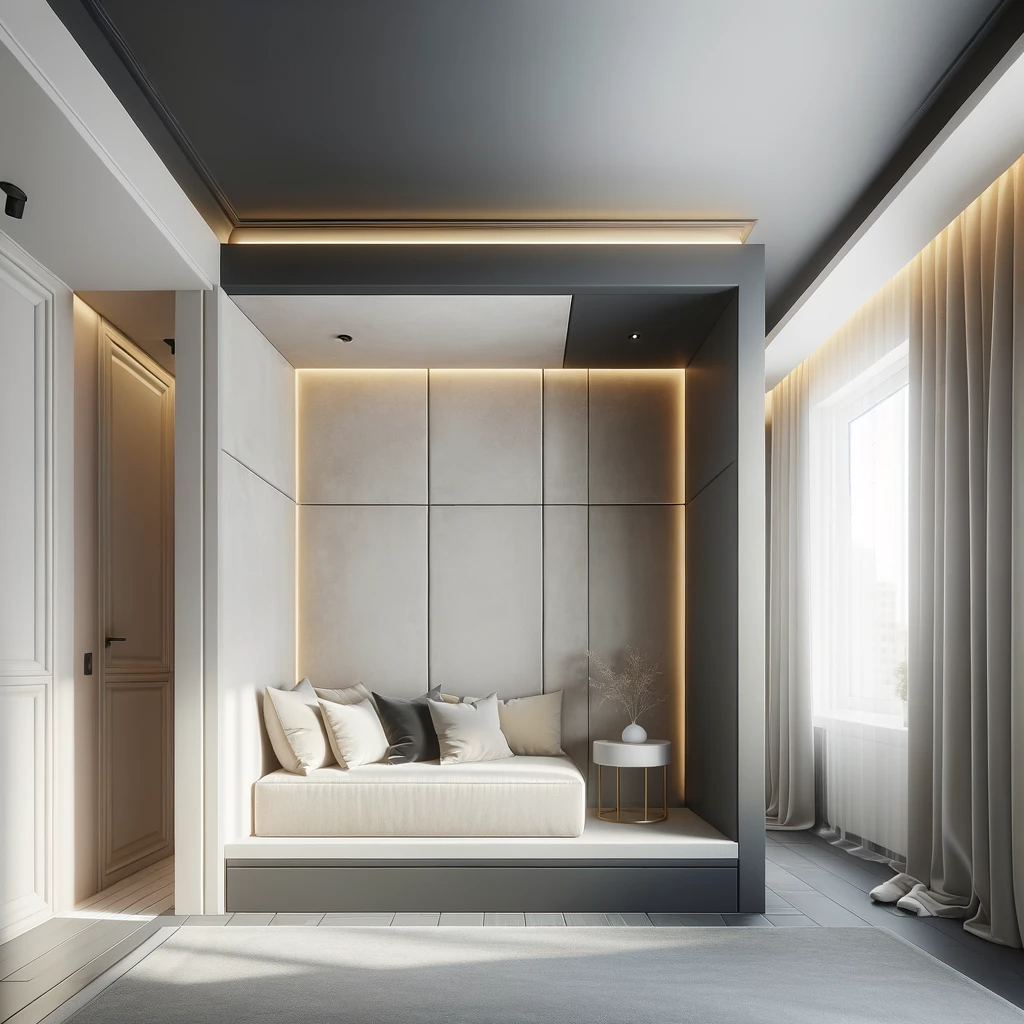
Accent Floors
Adding a pop of color or texture to your floor creates an unexpected focal point.
- Color Choice: Flooring is a powerful way to add character to a room. Consider colors that complement or contrast with the walls and furniture in the space.
- Patterned Tiles: Patterned tiles, whether ceramic or vinyl, can add interest and dimension to
- Unique Area Rugs: For a less permanent option, a bold or patterned area rug and add dimension and a splash of color and interest to any room.

Accent Alcoves and Nooks
Utilizing the often-overlooked alcoves and nooks in your home can create distinctive accent areas. Here are some ways to highlight these unique spaces:
- Color and Wallpaper: Adding a pop of color or an exciting wallpaper pattern within an alcove or nook can create a visual interest. It also gives the area a sense of purpose and definition.
- Display Shelves: Installing shelves can turn alcoves and nooks into functional and stylish display areas. You can use these shelves to exhibit your favorite books, artwork, or collectibles.
- Lighting: Adding lighting, whether it's recessed, a pendant, or a small table lamp, will draw attention and add warmth to these spaces, making them inviting and cozy.
Just like other accent areas, alcoves and nooks should complement the overall design and color scheme of your room. These spaces offer an opportunity to add personality and functionality to your space by turning them into reading nooks, display areas, or cozy corners.
Frequently Asked Questions (FAQs)
While we covered a lot of ideas, concepts and hopefully sparked your creative juices, you may still have some questions. Here are the most common questions we found related to accent walls:
Enjoy the creative process of choosing and creating an accent wall that will add interest, character, and your personality to your space!
Pioneer Painters are interior and exterior painters based in Longmeadow, MA. Our team of skilled painters has decades experience in the industry. We offer top-quality and reliable painting services to residential and commercial clients, with a focus on customer satisfaction. Are you located in Hampden County or Hartford County and are searching for a painter near me? We can help! Click here to get started!
Recent Blogs
